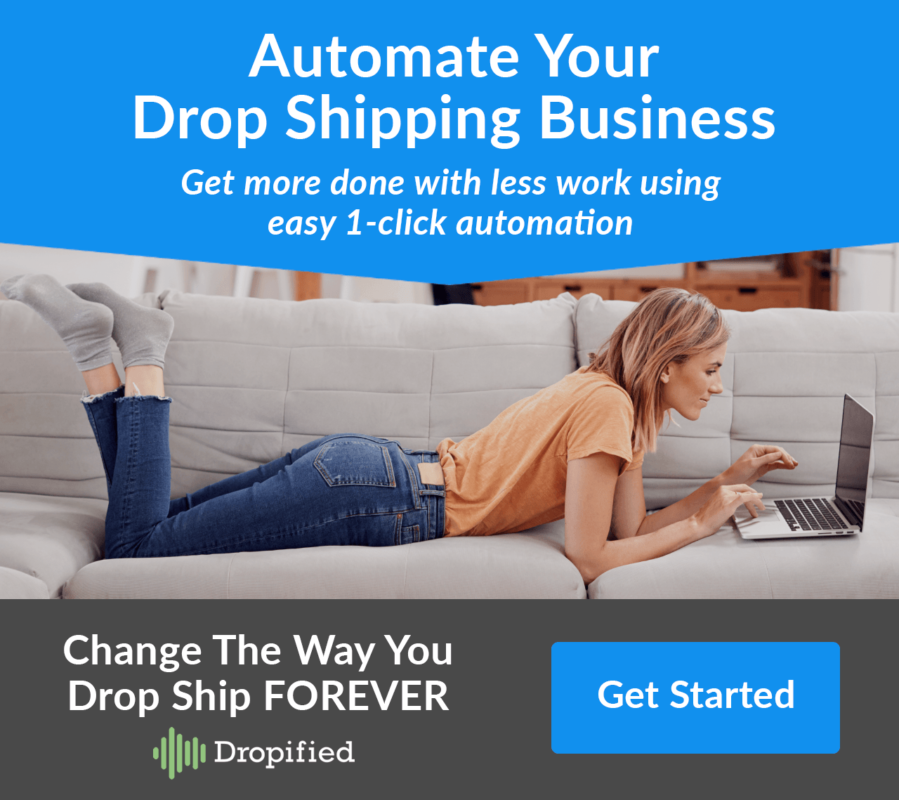You’re generating traffic, but you’re not getting any sales. Don’t worry.
You have crossed one hurdle, as traffic and finding the audience is the first step towards e-commerce success.
If you're getting traffic and you're not getting sales early on, it usually is because you're not getting the right kind of traffic or your website is not optimized.
That’s exactly why I’m going to cover the items that you need to consider when you’re getting traffic but no sales so you can work on these factors to improve conversion rate.
#1. Traffic Quality
The first step is to look at the quality of your traffic. If you are showing your ads to the wrong people, then those people are not going to convert. You need to find out the exact end users by proper market research and then target them accordingly. You should send your visitors to pages that add value and which promises offers reflected in your ad copy.
You will be wasting your efforts and money if you send visitors to a page which does not match their expectations. This could be one of the reasons for non converting traffic.
#2. Focus On Benefits, Not Features
As a buyer a person needs to understand how the product benefits them and solves their problems, and what the product’s main features are. When you’re pitching your product, it’s absolutely essential to focus on how it benefits your customer, not your company.
“Here’s what our product can do” and “Here’s what you can do with our product” sound similar, but they are completely different approaches.” – Jason Fried
To effectively write about benefits, not features, you need to think as a customer. You have to get inside your customer’s head. What are they fretting about when they’re trying to sleep? What do they want to feel when they look in the mirror? What would make their life easier, happier, more meaningful?
You might feel pushy or blunt, but as long as you keep your customer’s emotional response in mind, you won’t drive them away – you’ll drive them to purchase.
#3. Your Prices Are High As Compared To Competitors
Sometimes a low conversion rate has nothing to do with your actions; it’s all about what’s happening externally. Maybe one of your competitors has released a product that temporarily takes customers’ attention away from your offering.
Monitoring your competitors to see if you need to adjust your marketing strategy can help address some of the conversion loss.
You can use price comparison apps and check and compare prices on competitors website and offer the best possible product price to your customers.
Additionally you need to look at shipping costs. Huge shipping cost and taxes result in low conversions. Displaying shipping cost on product page helps to improve conversion rate. It's not like people are not willing to pay for shipping. It's just that when you only see those costs on the checkout page, it puts you off. Giving offers or coupons can help to get the end user back.
#4. Shoppers Don’t Trust You
Avoid spammy marketing tactics like bombarding email for sale. Use social proof and share your brand stories with customers. Sending personalized emails and chat option on website also helps in trust building.
Include secure checkouts and mention address and team details. Avoid using technical jargon in your copy. Instead, create copy and product descriptions that people can relate to. Your content should connect with them at an emotional level.
Highlight a quick and no-questions-asked return policy and it will help to build trust with consumers.
#5. Optimize Your Website For Conversion
Use proper call to actions and use a contrasting color for your call-to-action (CTA) button.
Poor navigation or search options and complicated checkouts always result in poor conversion rate. Ensure that the most popular items are easy to find. Again, ensure that the search results are likely to match what people want. If your visitors can’t find an item, they won’t be able to buy it.
Check your analytics for your pages to see if anything’s stopping people from converting. Go to Audience » Users Flow in Google Analytics, or with the help of funnel we can see where people are leaving the shopping process.
Implement a proper remarketing strategy and send abandoned emails. Remarketing is an essential part of any e-commerce conversion process. It’s an exact way to get the attention of people who visit your site and leave without completing a purchase. This is crucial because most people won’t be ready to make a purchase on their very first visit to your site.
Looking at all those issues and implementing those will definitely improve the conversion rate.
I would like to hear your thoughts and don’t forget to share your experiences after implementing these changes on your e-commerce website.




Excellent article! Awesome insights, All are important factors to get the conversion that you mentioned in the post, I would like to add one more thing that Social Proof Notifications, and this will help to influence your Visitors to take action & increase conversions and sales. Thank you for sharing great article.
Very nice and informative article, Every E-store have to use this tact for better sales.
Brilliant post . This is really very helpful for E-Commerce websites.
Thanks for sharing your valuable thoughts on this article. Thanks. great job!!